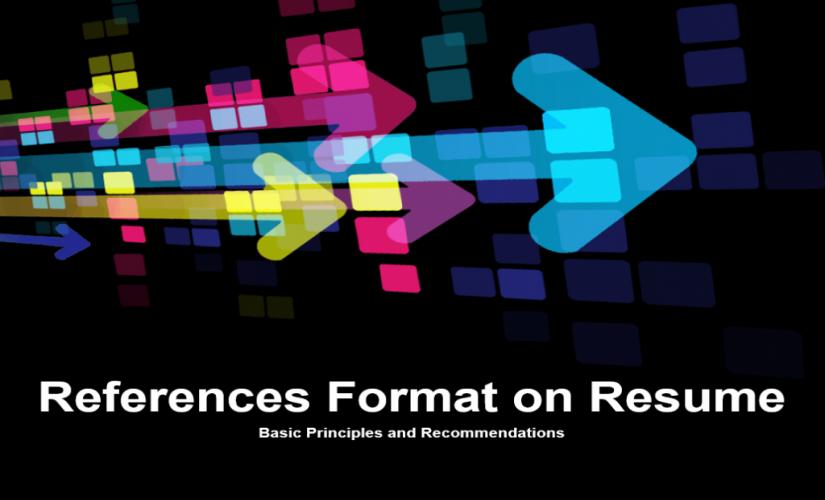Employers use resumes to identify the right candidate for a specific job position. Basically, high-quality resumes increase one’s chances to secure employment, just as understanding the 5 parts of an essay ensures effective writing. In this case, including references in the resumes shows the hiring committee that an applicant has nothing to hide. Also, potential employers use the contact information provided in the references to seek clarifications about the applicant. Hence, references format on resume should appear on a separate page at the end of a resume, must have adequate details, ought to be formal and precise, and structured as a list.
Separate Page
References must appear as the last item in a resume. For instance, one should provide the references in a separate page after the resume. In this case, references format on resume should be the last item at the bottom of the paper. Besides, people must use the title “References” at the top of the page. Clear labeling, akin to a research paper, helps convey professionalism. Thus, references should be the last item in a resume.

Details in References
References format on resume must have adequate details identifying people familiar with the applicant. For instance, one should provide the name, education level, professional experience, and address of the referee. Also, every entry should start with full names of the referees followed by the education level of work credentials. In turn, the applicant should provide the physical address. For example, the person should provide the postal address, institution, email, or telephone number of the referee. Besides, the author of the paper must provide an accurate address of the referees. In this case, the potential employer can use the address to contact the referee to enquire about the applicant. Therefore, the entries should have sufficient details identifying the referees.
Formal and Precise Language Format in the Resume
References format on resume should be formal and precise. For instance, one should use official language when writing the references. Basically, the applicant should avoid jokes, slang, and casual language when writing the paper. For example, employees reject papers with references written informally. Hence, the reference must be precise and objective. Then, reference entries must contain relevant details of the referee only. In this case, the applicant should not include the ethnic background, party-political stance, faith, matrimonial status, and age of the referee. Also, references should not have spelling mistakes or typos and must meet professional standards. Likewise, when learning how to write a rhetorical precis, attention to detail and accuracy are equally vital. In turn, the applicant must proofread the reference list to ensure that it is accurate. Therefore, people should ensure that references are formal and precise.
Structure
The applicant should structure the reference as a list. Reviewing how to write an explication essay can be a guide for organizing information logically. For example, the reference entries should follow each other down the page. Basically, one should not number the reference entries but must leave a space between them. In this case, organizing reference format on resume running down the page improves its readability. Thus, people must list the references down the page to enhance readability.
Conclusion on References Format on Resume
In conclusion, resume writing must have references, just as academic papers rely on knowing how to cite DSM 5 properly. Firstly, applicants provide details of people who can give testimony about their skills. In this case, references on a resume should appear on a separate page at the end of a document. Also, the person should include the title “References” at the top of the page. Then, the applicant should provide adequate details that identify the referees and their addresses by considering references format on resume. In turn, people should use formal language and provide relevant information for each referee. Finally, they must list the reference entries down the page to enhance readability.


